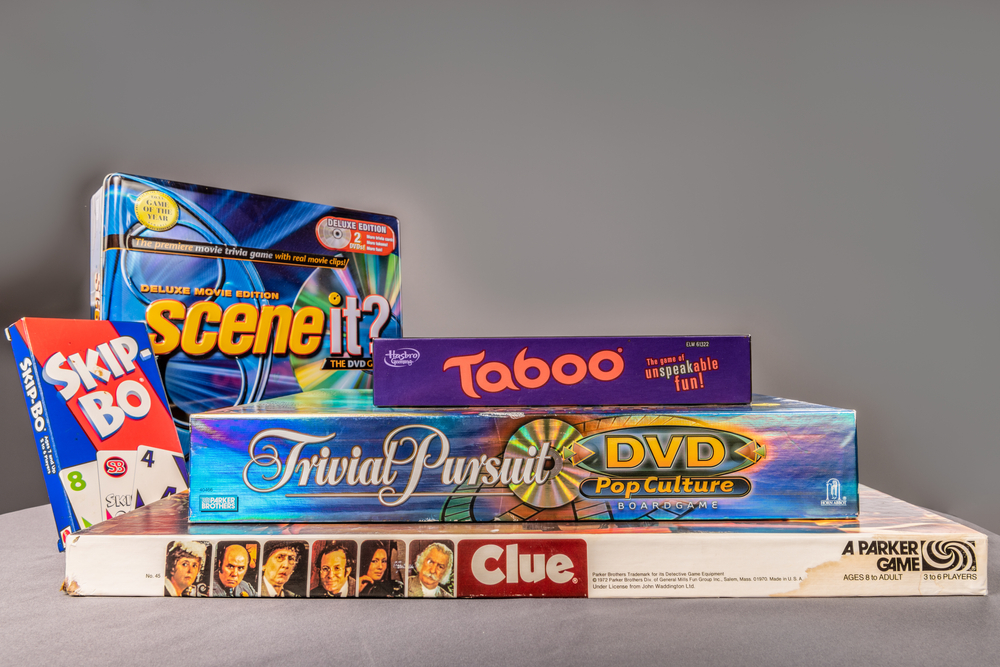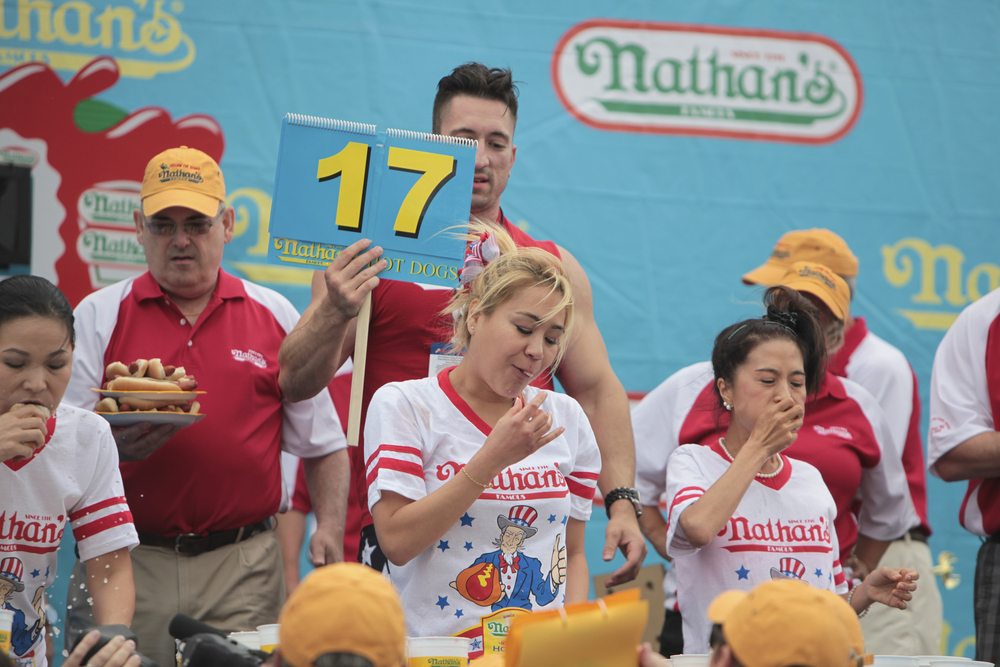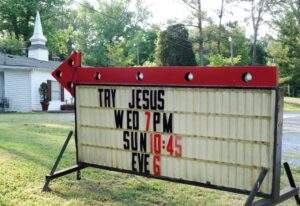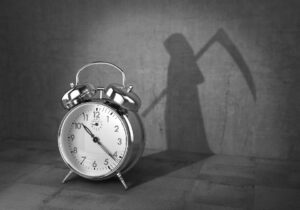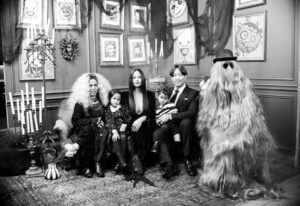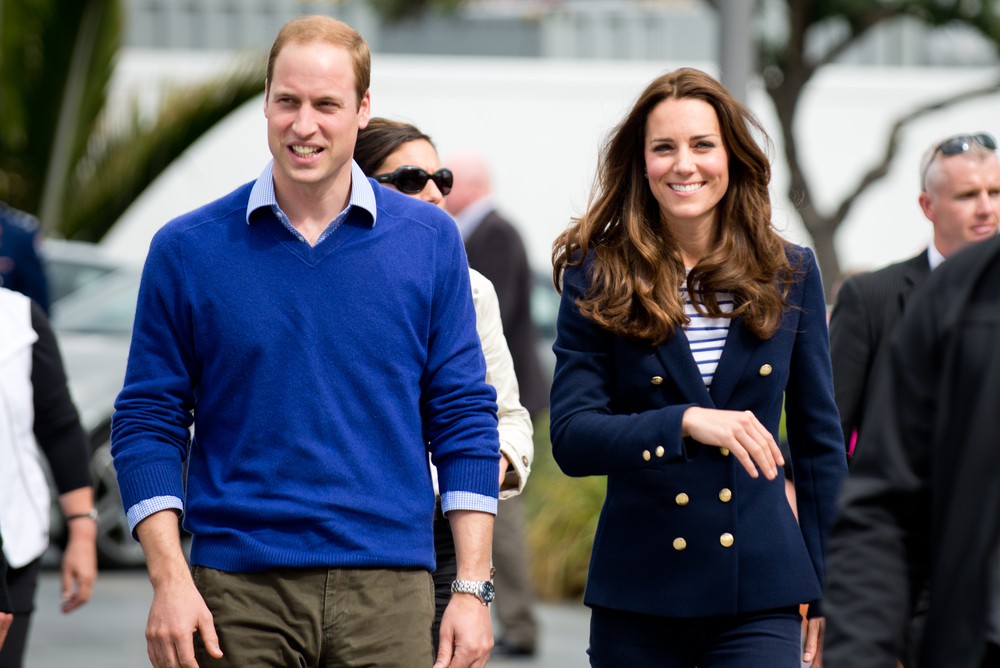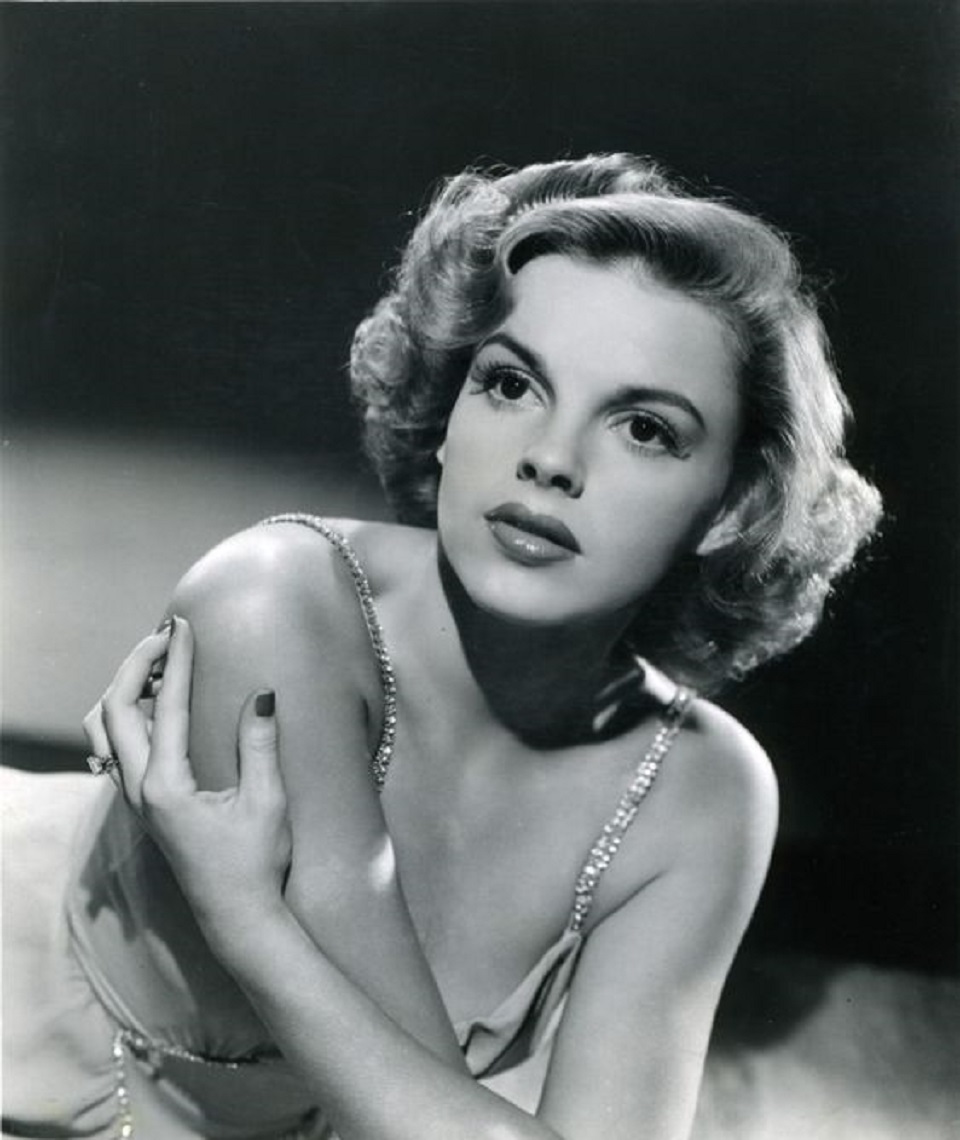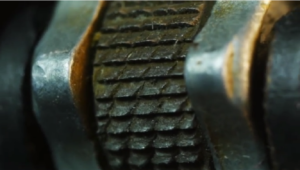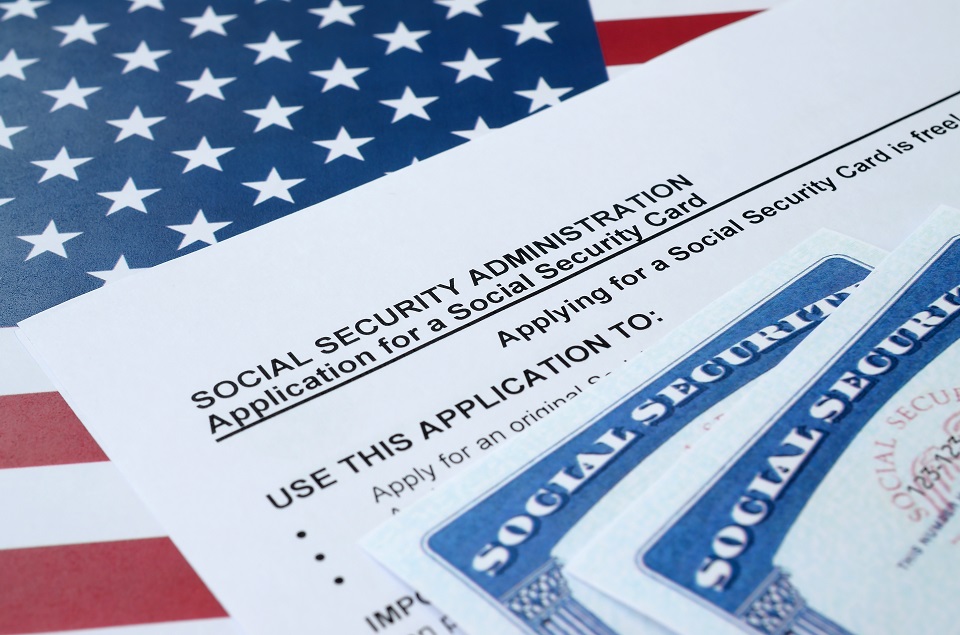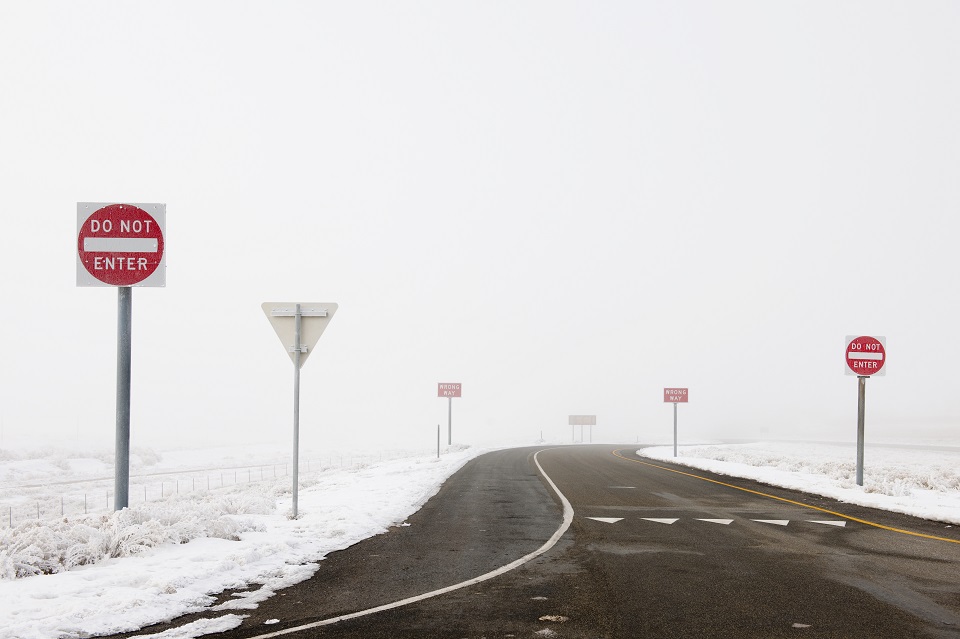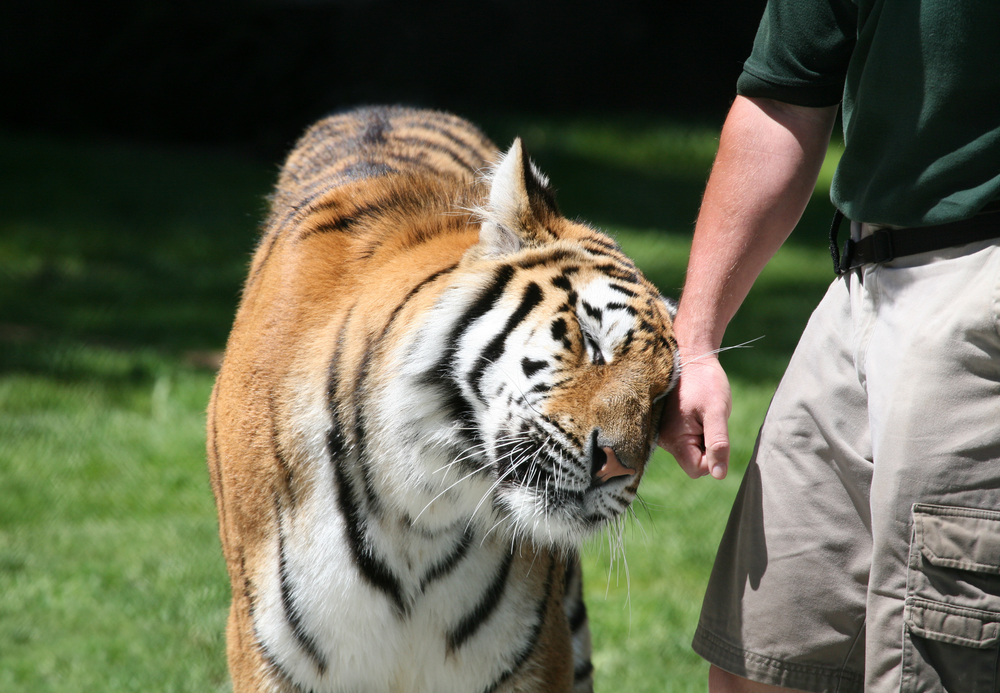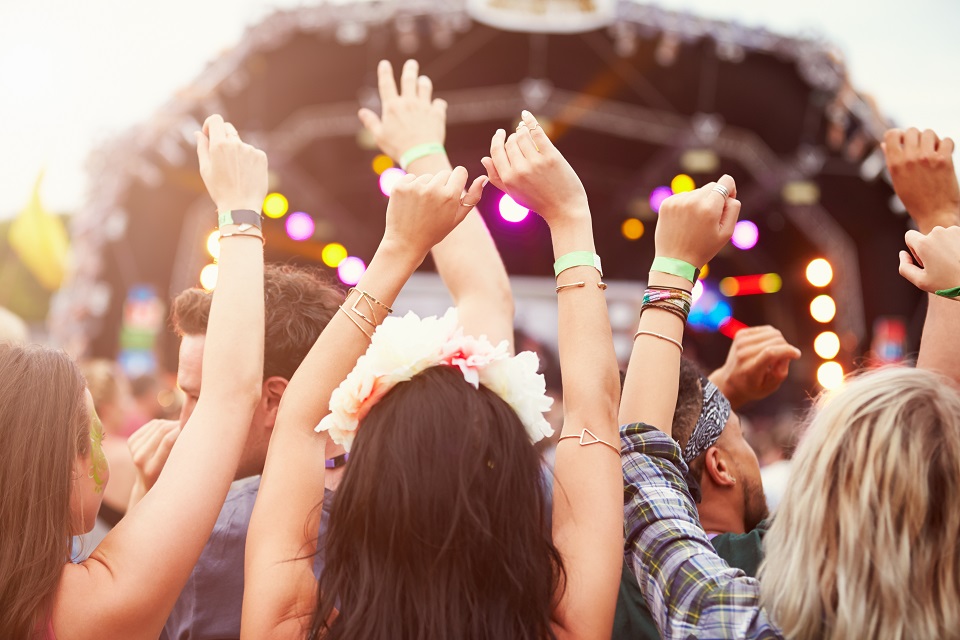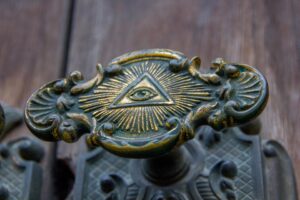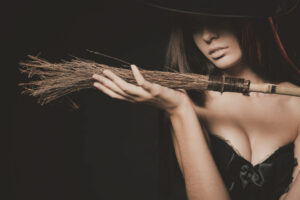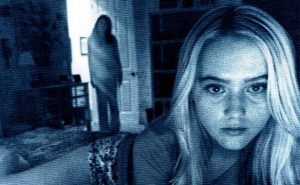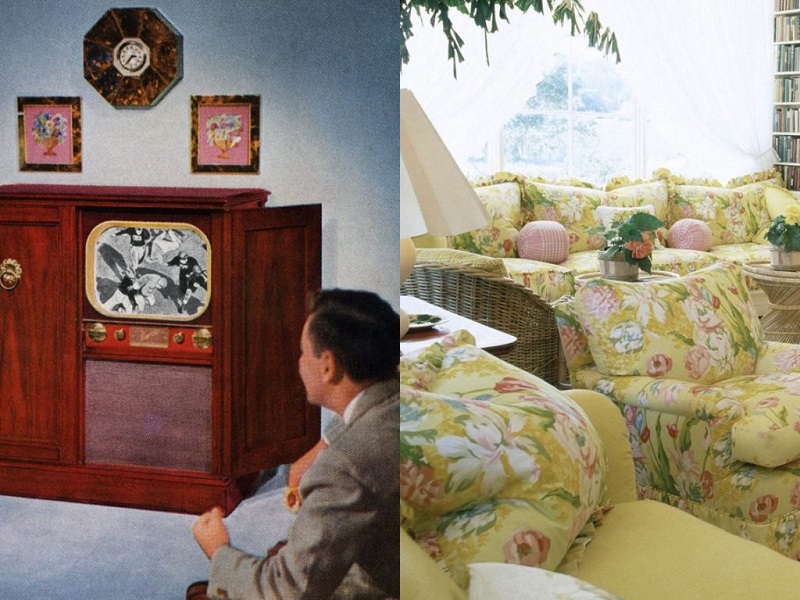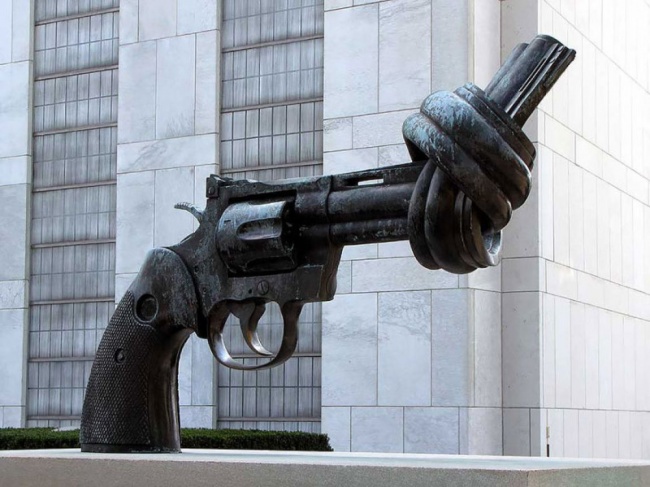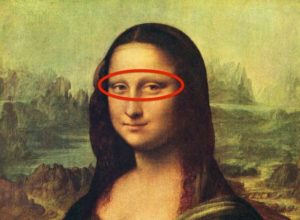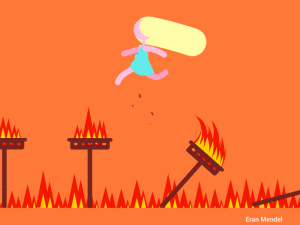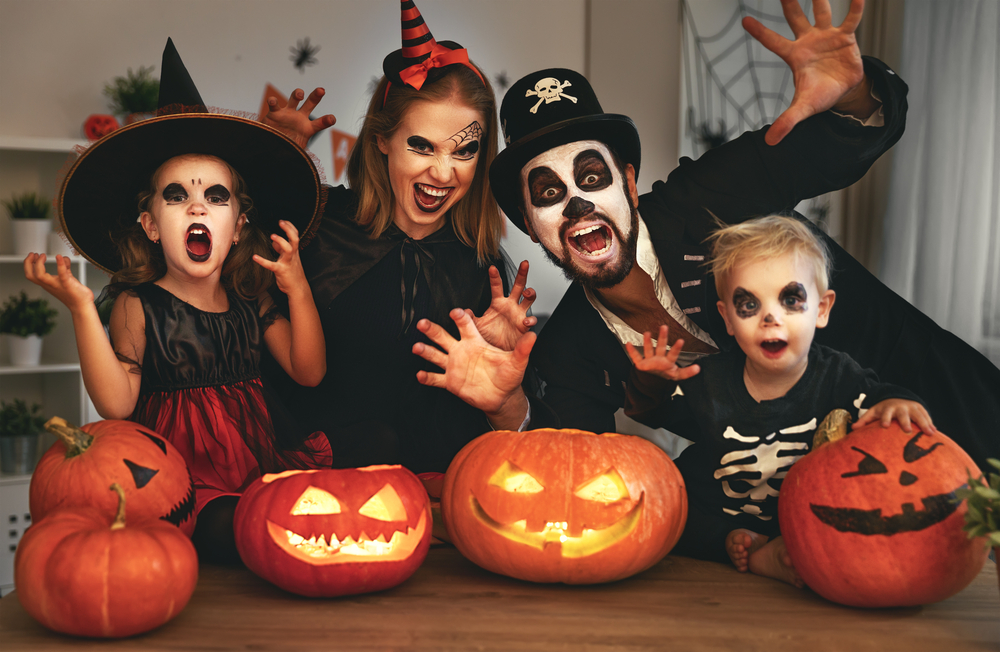
With Halloween being just around the corner, we thought it would be nice to talk about this popular holiday that most kids love very much. But when we think about Halloween, our minds associate it with trick-or-treating, carved pumpkins, witches, bobbing for apples, creepy costumes, and many other traditions. But did you ever wonder why we celebrate Halloween the way we do and what are its origins?
Halloween has its origins in ancient religious and spirituals traditions that have adapted and changes over time. Halloween used to be a pagan celebration called Samhain that marks the halfway between the autumnal equinox and the winter solstice. Samhain was also considered the day when the veil that separated the living world and the dead was the thinnest.
Read on to find 10 popular Halloween traditions and their origins!
Make sure to also check 20 Facts That Will Make You Love Fall.
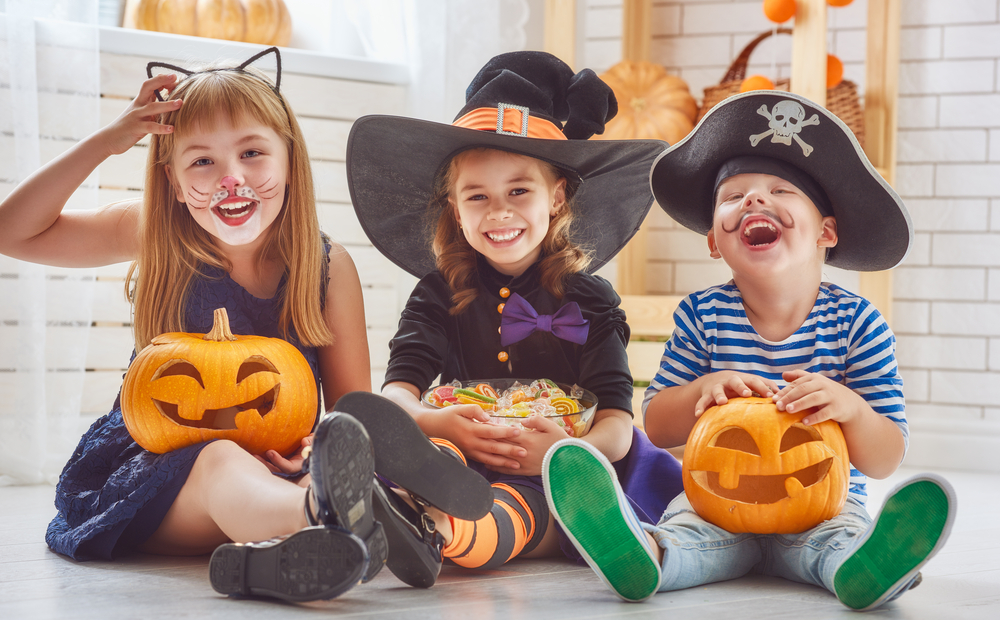
1. Wearing scary costumes
This Halloween tradition is probably the most common and very appreciated by people all over the world. As it seems, not just the kids are allowed to wear a costume, even though it used to be a holiday just for the kids back in the day.
As I’ve previously mentioned, during Samhain, the veil between the living and the dead was very thin, leaving a lot of ghosts to wander around the Earth. In order to avoid being attacked by the ghosts, the Celts decided to dress up as ghosts and other spirits just because they wanted to be mistaken for the real ones.
And so it appeared this tradition that is still one of the Halloween hallmarks up to this day.
2. Seeing ghosts
The Celts used to believe that during Samhain, the celebration that marked the end of the harvest season and the transition towards the winter, spirits were allowed to walk among us.
Additionally, on November 2 people celebrate All Souls Day, a celebration created by Christian missionaries to mark the co-existence of the two worlds on Earth, the living and the dead.
3. Carving Jack-O’-Lanterns
We all know this Halloween tradition yet only a few people know its origins. Jack-O’-Lanterns are originated in Ireland and they’re based on a legend. It all started with a man named stingy Jack. This man succeeded to trap the Devil several times and decided to let him go on the condition that when he will die, he won’t go to Hell.
When Jack died, he found himself in a situation where Heaven didn’t want his soul, so he was condemned to spend an eternity on Earth as a ghost. The Devil gave Jack burning coal to help him see into the dark. He put the coal into a carved-out turnip and according to the legend, he’s roaming the Earth ever since.
The locals started carving scary faces on pumpkins to keep away the evil spirits.
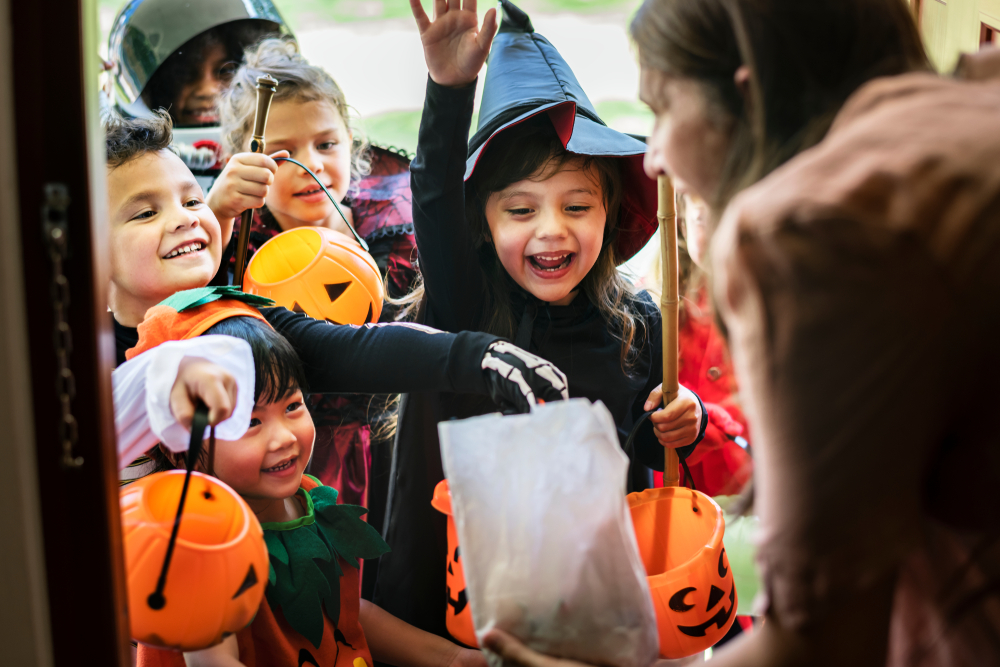
4. Trick-or-treating (the pagan way)
There’s a lot of controversy around this Halloween tradition. One theory sustains that the Celts would leave out food for the spirits and the ghosts that wandered on Earth at night just because they wanted to be at peace.
Of course, this tradition changed over time and people started wearing scary costumes such as demons, monsters, ghosts, and other malevolent creatures in exchange for food and drinks.
5. Trick-or-treating (the Scottish way)
Other theories suggest that young people in Scotland and Ireland were part of a tradition called guising, an advanced version of souling. Soulers were usually children and poor adults that would visit locals and offered prayers in return for food and money.
Guisers changed the tradition and instead of praying, they would dress up in costumes and sing, recite a poem or tell a joke in exchange for some ‘treats’ such as apples, nuts, or coins.
6. Trick-or-treating (the American way)
Now that we’ve established the pagan and the Scottish way, let’s take a look at the American way of treat-or-treating. Some theories might suggest that trick-or-treating stands from belsnicking.
Belsnicking was a tradition very present in German-American communities back in the day, where children would dress up in scary costumes and would visit their neighbors. The adults have to guess their identities, and children were rewarded with treats if no one could identify them.

7. Bobbing for apples
The famous game that most people love to play every Halloween used to be part of a Roman festival that celebrated Pomona, the goddess of agriculture and abundance. There are many theories around this as well, but the most common is that young men and women were able to predict their future relationships while playing this game.
8. Black cats
Black cats were associated with spookiness back in the day as they used to be considered a symbol of the Devil in the Middle Ages. The speculation became even more popular when centuries later, witches were discovered to own black cats as pets. Therefore, people began associating black cats with dark magic and the association is still going strong in this day and age.
9. Black and orange color theme
Black and orange- the classic Halloween colors have their origins in Samhain as well. Celtic people used to associate black with ‘death’ and orange to describe the autumn harvest season.
Therefore, they put these two colors together to mark the halfway between the autumnal equinox and the winter solstice.
10. Receiving candy as treats
Trick-or-treating is a Halloween tradition that dates back a long time. However, back in the day, kids went trick-or-treating in exchange for apples, nuts, or coins. It wasn’t until the middle of the 20th century when kids have begun receiving candy. It all started in the 1950s when candy companies came up with small, individually wrapped candy, perfect for treat-or-treating.

